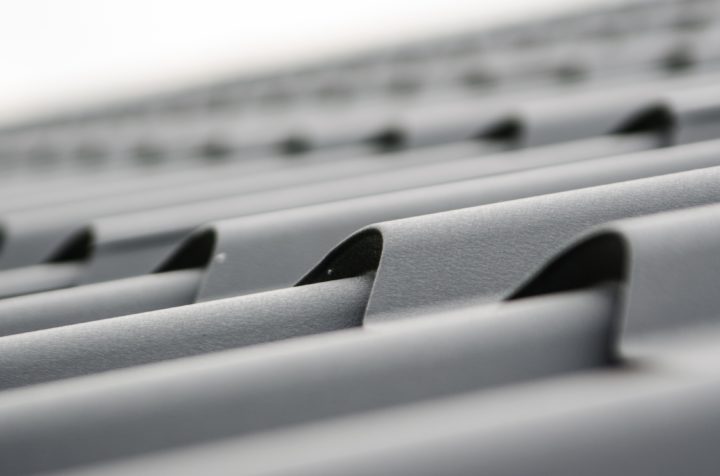The following contribution is from another author.
All homes have roofs, and they are one of the major causes of a lack of energy efficiency in modern times. If your roof isn’t efficient, your home will consume far too much energy, meaning you have a far larger carbon footprint than necessary. Modern roofing is designed to be more eco-friendly than ever before, ensuring homes use as little energy as possible, maintaining a high level of energy efficiency.
How do you know if your roof is as efficient as it could be?
You’ll have to do a bit of inspecting, but here are the telltale signs of an energy-efficient roof:
Light roofing shingles
Believe it or not, but the color of the shingles will impact efficiency. Dark shingles are known to be less efficient as they absorb too much heat. Ironically, this doesn’t help that much in the winter because the sun isn’t hot enough to heat up your home. But, in the summer, the solar energy is absorbed by the dark shingles, heating up your home and increasing the demand on your HVAC system. Light roofing shingles reflect heat, helping you use less energy in the summer!
Energy-efficient materials
Likewise, the materials your roof is made from will play a role in efficiency. Generally, clay and tile roofs are more efficient because they don’t absorb as much heat from the sun in the hot months. If your roof is made from asphalt, then it is unlikely to be as efficient as it can be. It’ll absorb too much heat and make your cooling system work too hard throughout the year.
Good attic insulation
One of the reasons you don’t need a roof that absorbs heat is that you should have insulation that keeps it warm in the winter anyway. Good attic insulation will be thick enough to soak up all the heat your home generates, stopping it from leaving via the roof. This is ideal in winter as it means your heating system will be on for less time and at a lower temperature.
Radiant barriers
The most efficient roofing will have what’s known as a radiant barrier installed inside. Essentially, this is a barrier that helps to reflect radiant heat back out of your house during the hot months. Again, this means you use less energy cooling your home. Additionally, it works in the opposite way in the winter, reflecting radiant heat into your home when it tries to escape. Therefore, it gives you the best of both worlds by ensuring you use less energy throughout the year.
So, does your roof have all four of these elements? If you answered yes, then you have a roof that’s arguably as efficient as it could possibly be. Any energy efficiency issues in your home are likely caused by something else! But, if you answered no, you need to get your roof up to scratch. An energy-efficient roof will help you use less energy and reduce your carbon footprint, helping you create a home that’s better for the environment.
















